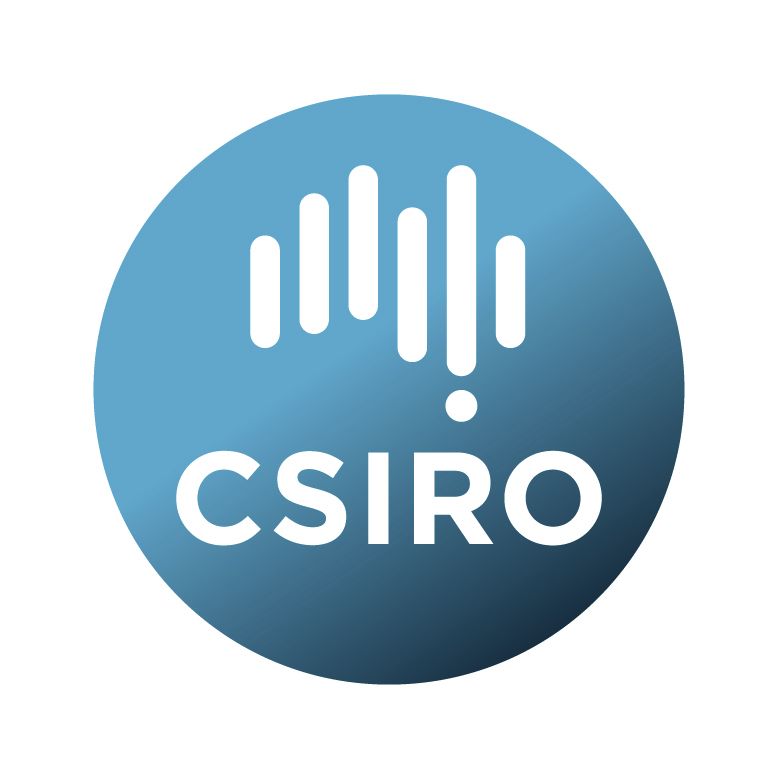Brief description
Species occurrence data from the Atlas of Living Australia (ALA), between 1900 and 2023, were used to create data summaries of native species in terrestrial bioregions (IBRA7). This data collection comprises two datasets: counts of native species in each terrestrial bioregion, and lists of native species with taxonomic information and EPBC status in each terrestrial bioregion.The counts of native species by bioregion informed an analysis of change in the proportion of species likely to persist over the very long term (S), using the species-area relationship (SAR) with a z-value of 0.25 (S = A^z), and average condition (A) within each bioregion over a time series from the Habitat Condition Assessment System (HCAS) version 3.0. A national-level indicator can then be derived as a species richness weighted average of the bioregional analysis. The counts of EPBC Act threatened species by bioregions is used to inform an interpretation of the condition status of each bioregion. The lists of native species by bioregion provide a basis for an updated analysis that takes into account the fact that species are shared between bioregions and this has an impact on the proportion of species likely to persist over the very long term, when summarised at a national level. These outputs support interpretation of the HCAS and National Connectivity Index (NCI) for the Australian Government’s environment corporate performance measure EN01 (2023-24 Annual Report of the Department of Climate Change, Energy, the Environment and Water). This data collection may also be relevant for other types of analysis at the bioregional level or with different data inputs for the SAR analysis.
The ALA aggregates data from hundreds of different data providers, using different methods, into a single database. Consequently, observations in the ALA display spatial, temporal, and taxonomic bias that ensure care must be taken in their interpretation in downstream analysis. When summarising to the bioregional scale, survey effort is broadly correlated with accessibility, meaning that bioregions near major cities may appear disproportionately biodiverse relative to more remote regions.
Lineage: All species occurrence data aggregated by the ALA as of 25 June 2024 were downloaded and filtered using the galah R package to include only records:
• passing the ALA general data quality profile (https://support.ala.org.au/support/solutions/articles/6000240256-getting-started-with-the-data-quality-filters)
• occurring in the years 1900-2023
• where the taxon was identified to at least species level
• identified within an IBRA terrestrial bioregion
A secondary download without the ALA data quality profile was additionally carried out to retrieve records that would have been initially excluded on the grounds of coordinate uncertainty. Records with a high degree of coordinate uncertainty (e.g. in the case of some highly threatened species) were included if their location had been indexed against an IBRA7 bioregion.
Species were considered native if they were not listed on the Global Register of Introduced and Invasive Species - Australia (version 1.10). Species on the GRIIS were mapped to ALA names, and this was then used as the basis for excluding introduced and invasive species from the downloaded records.
Two summary datasets were created based on these filtered records.
Counts of native species:
This dataset comprises aggregated counts of records of native species within each terrestrial bioregion, and the total number of native species recorded in the dataset across bioregions. The summary dataset is published as native_spp_counts_bioregion.csv and contains the following elements:
1. IBRA7 terrestrial bioregion
2. Count of native species in the given bioregion
3. Total number of native species across all bioregions
List of taxa in bioregions:
This dataset comprises taxonomic information and EPBC status for native species in each bioregion, and is published as native_taxon_list_bioregions.csv. EPBC status of taxa was inferred by mapping names of taxa on the EPBC list to ALA names, and joining these to the downloaded records. The dataset contains the following elements:
1. Kingdom
2. Phylum
3. Class
4. Order
5. Family
6. Genus
7. Species
8. Scientific name
9. Taxon rank
10. IBRA7 terrestrial bioregion
11. EPBC status
The data_sources.csv file includes information on the source datasets within the Atlas of Living Australia that contributed to this collection.
Available: 2024-06-28
Data time period: 1900-01-01 to 2023-12-31
Subjects
ALA |
Conservation and Biodiversity |
Environmental Sciences |
EPBC |
Environmental Assessment and Monitoring |
Environmental Management |
GRIIS |
monitoring |
native species |
species occurrence |
terrestrial biodiversity |
threatened species |
User Contributed Tags
Login to tag this record with meaningful keywords to make it easier to discover


